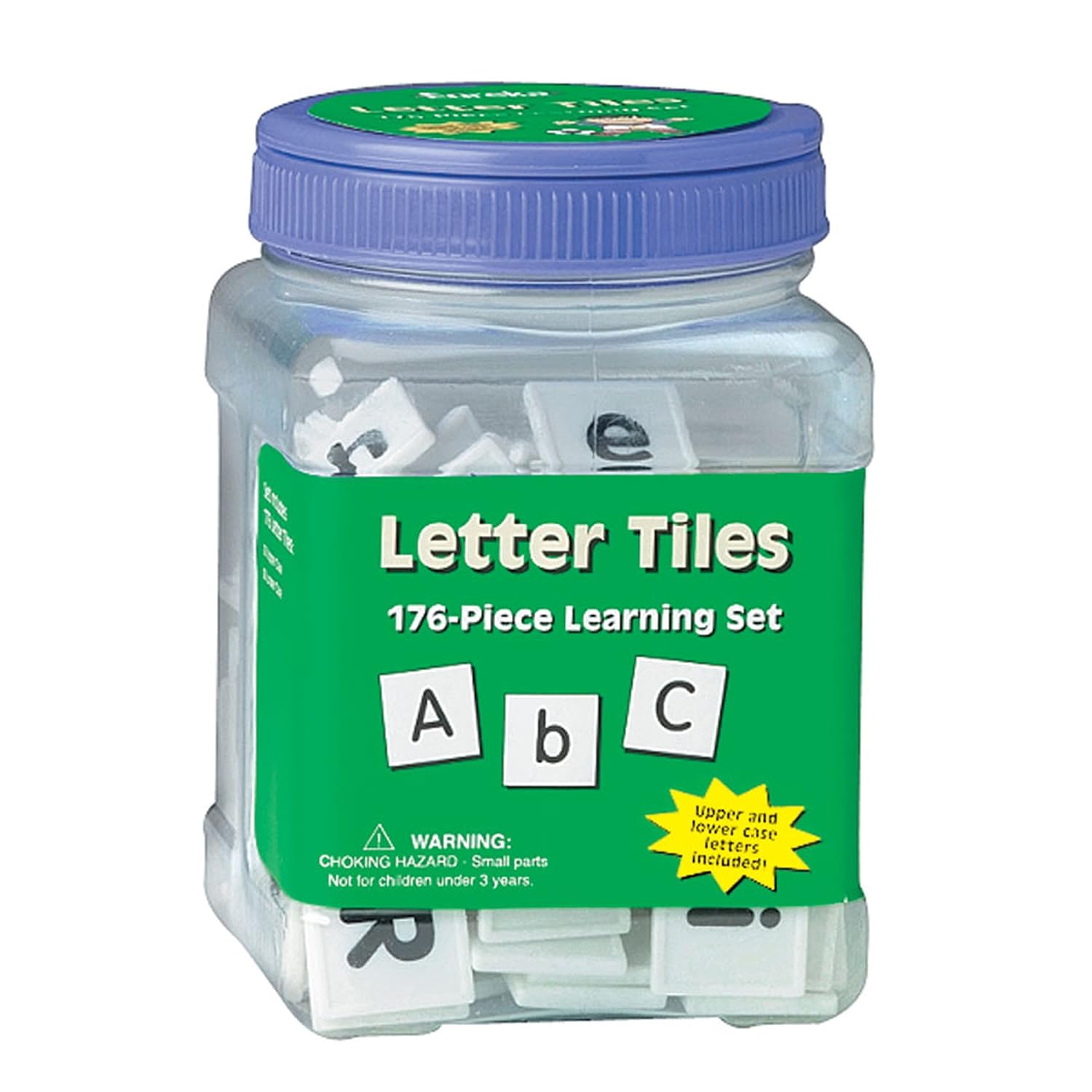As many of the children I know have started in Kindergarten programs, it has brought on a return surge of interest in teaching Reading. Reading and Writing were my two favorite things to teach and early Literacy along with struggling readers my most developed areas. As much as I enjoy the use of sight words and recognize that as a key reading tool, I hope it does not get more focus than it deserves. I would put about a 10% maximum percentage of importance on that in a balanced literacy approach. Why that little? Imagine if we taught all years of reading in a memorizing sight words fashion, how long would it take for us to memorize all those words. Phonics has fallen in and out of fashion, but as we see children today coming through the school system with reading deficits often there is a missing component in the area of Phonics. Have you seen this in your children's school experience? I too am guilty of brushing over Phonics, because quite frankly it is boring to teach it in isolation.
One of the most amazing assessments I have done while working with children in both the Resource room (Special Education) and in Basic Skills (Remediation), has been on blending and segmenting. How do we put sounds together, how do we break them apart, and how do we manipulate them to create new words? What would astonish me is that I would get a 4th grade student working a year below grade level, who when given this basic test would not be able to manipulate sounds. Here is a link to the nuts and bolts of what I am trying to get across. The student in theory would have a gap in basic reading skills. Probably at first this was a small problem as she made her way through 1st grade, but by third grade it had compounded itself. Not only did it impact her reading skills, but then it carried over into her writing and spelling as well. The responsibility of a primary teacher to effectively teach reading is daunting, because you really impact the success of the student's overall school career.
One of the most effective teaching tools, I have used in the Kindergarten and 1st grade years is to simply work with the words. I have done this through letter tiles or simply with a white board and marker. I like to work quickly in a sort of spitfire way when teaching children. There is not room to chit chat or think much. It is basically a very quick form of direct instruction. This should be taught in a small group format, I do not find it an effective whole group task. To me ten minutes of 4 to 1 instruction is more valuable and beneficial than 60 minutes of 20 to 1 instruction.
What you may want to start with is a simple word family:
An example lesson:
Write at. (child does)
Now add a c to the beginning what does it spell. cat
Take off the c what does it say. at
Now can you make mat.
Take of the t and put an n what does that say. man
Now erase the m and put a c. When referring to the letter use the sound as opposed to saying the letter name. What does it spell now? can
Can you make it say pan?
Now take out the a and put in an i what does it say. pin
This is just a beginning idea of what you can do at home. If your child has handwriting weakness then I suggest you make or buy small letter tiles that can be manipulated. You place the ones you would need for the lesson in front of them. In the beginning no more than 7 letters at once is ideal.
If anyone wants to lend me an agreeable student I can do a sample video, but not sure Cole would be as cooperative as I would like.
Check out some other teaching posts:
Teaching Letter Sounds
Sight Words
The Morning Message


No comments:
Post a Comment